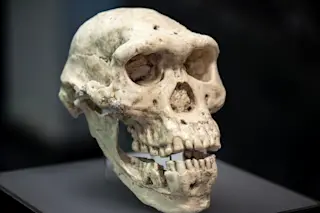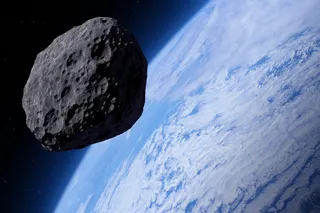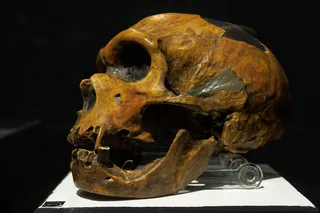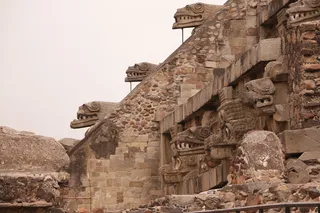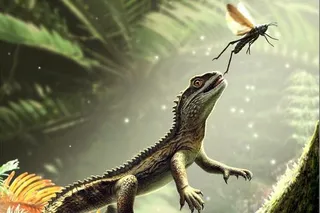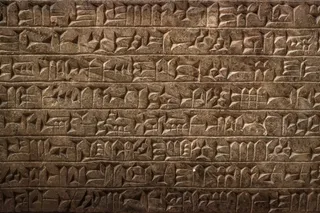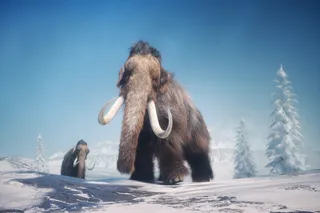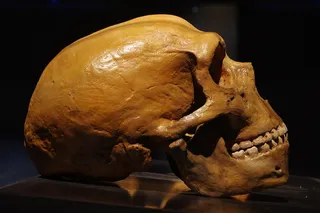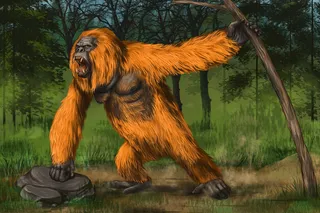For decades, archaeologists have been digging up enigmatic hominin fossils across East and Southeast Asia. They clearly didn’t belong to our own species, Homo sapiens, nor did they fit neatly into the other well-established species from that era, roughly 300,000 to 50,000 years ago. But if they weren’t members of Homo neanderthalensis or Homo erectus, what were they?
Christopher Bae, a paleoanthropologist at the University of Hawaii, decided an entirely new classification was in order. Together with Xiujie Wu, a paleoanthropologist at the Chinese Academy of Sciences, he proposed in a Nature Communications paper last November that several of those taxonomically unhoused fossils be united under the species name Homo juluensis.
In Chinese, “julu” literally means “big head,” and the name fits: Whereas our average cranial capacity is about 1,350 cubic centimeters, a juluensis skull measures 1,700.
“It’s kinda like Homo erectus,” Bae says, “but pumped up on steroids.”
Technically, ...



